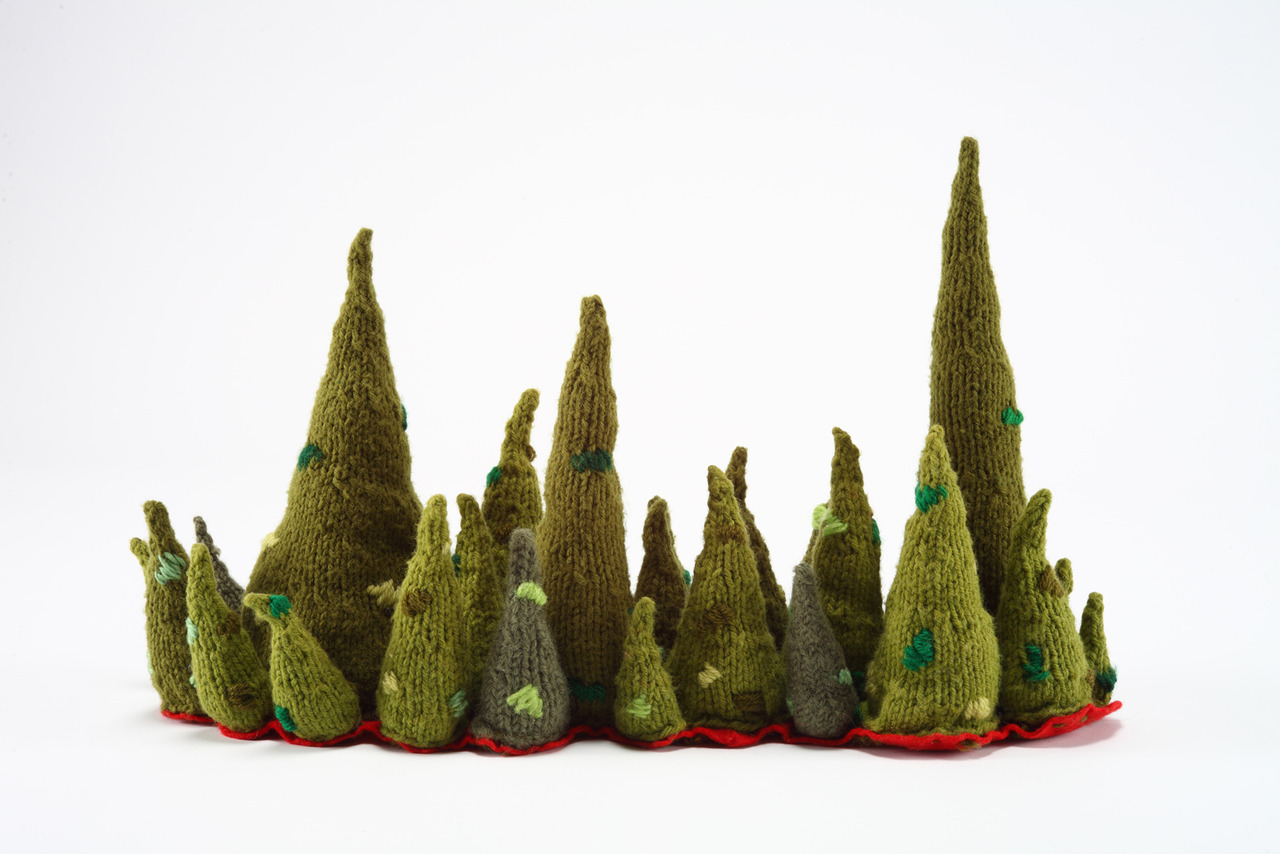I heard a CBC commentator on the radio this morning say that when he was at the top of one of the Winter Olympic Snowboarding runs he spotted either a volunteer or a spectator (I'm not sure which) sitting in the sunshine.....knitting!! Apparently knitting is very popular in Russia.
This sighting prompted me to post the latest on the scarf I'm knitting and to add a couple of extra things about knitting.
Here's my scarf so far:
As you can see, it's getting quite long. I'm determined to finish the entire ball of yarn before casting off.
Now onto the Ravellenic Games 2014: A group of knitters (the challenge was dreamed up in 2006 by Toronto knitter, Stephanie Pearl-McPhee, Yarn Harlot) is participating in a side event to the 2014 Winter Olympics which involves each knitter setting a personal knitting goal to achieve during the course of the Sochi Games. This goal could be a first knitting project ever, as in learning to knit, or learning a new technique or taking on a really big or difficult project. The idea is to cast on during the Opening Ceremonies and cast off during the Closing Ceremonies, though if you missed the opportunity yesterday, what's to stop you now?
I wonder if the knitter at the top of that snowboard run was participating in the Ravellenic Games.
The other knitting news, or at least it's new to me, is
Stitchlinks, a social network that believes that stitch-work, and knitting in particular, can have a beneficial effect on our health.
- Knitting can boost our self-confidence and focus our concentration, improve our self-esteem and provide an outlet for excessive energy.
- Knitting can be meditative, causing us to relax, lowering our stress and anxiety (and our blood pressure).
- While relaxing, knitting can also stimulate our brains, especially if we are learning something new.
Knitting can be a social activity, as people communicate, share and encourage each other.
Knitting makes us happy, through our senses of touch and sight.
In the end it provides us with an article which we can either enjoy ourselves, with a sense of accomplishment or give as a gift, thereby making someone else happy.
Is there even a downside to knitting??

- To promote the use of therapeutic knitting and stitching through our research.
- To provide support and friendship and build a global network of friends who understand and care.
- To combine the knowledge gained from our research with practical health information to help you lead a more fulfilled life.
- To provide up-to-date information in a down-to-earth format and a dynamic resource for those managing long-term illness, their carers and medical staff.
- To provide information for those wishing to take a preventative approach to healthcare.
- To motivate people to take responsibility for their own health and wellbeing and to provide ongoing motivation and support in the self-management of health problems.
- To provide information for those using therapeutic knitting and stitching in healthcare, schools and the workplace.
- To provide information and support for those wishing to teach therapeutic knitting to individuals or run therapeutic knitting groups.
- To promote crafting and certain other activities as a means of keeping people mentally active, motivated and socially engaged.
Stitchlinks has a research arm, pioneering research into the benefits of crafts, in particular knitting, and through this work developing therapeutic approaches which could change the way we, as a society, view and prioritise wellbeing and treat long-term medical conditions.
I think most people would agree that all stitch-work provides an enjoyable, creative and healthful benefit to practitioners. Why else would we take it up? I sure hope I can at least finish my scarf by the end of these Olympics - that's my goal now.


















































